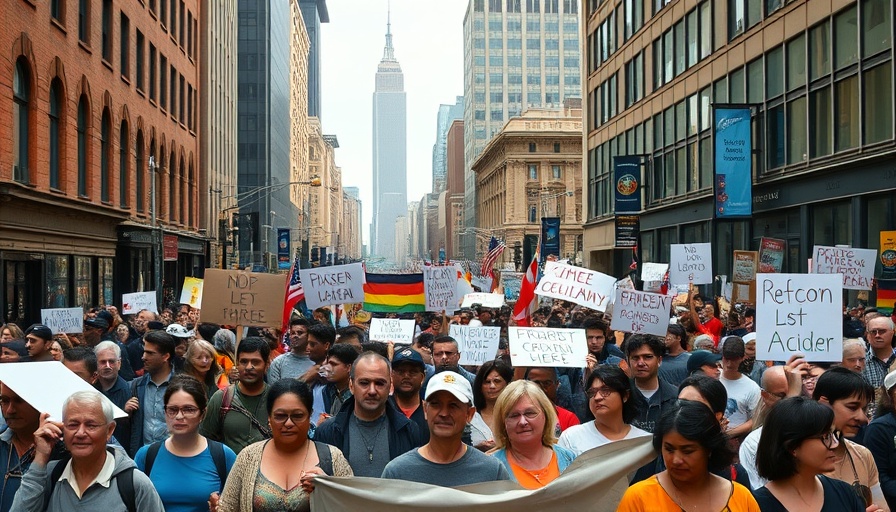
Brickell Residents' Fight Against Development
In a notable decision, Miami commissioners have ruled against the Brickell residents' appeal concerning the construction of an 80-story condominium behind the First Miami Presbyterian Church. This development, spearheaded by 13th Floor Investments and Key International, is set to transform part of the church's longstanding site, which includes a parking lot and the adjacent school building. The local residents, led by the condo association for IconBrickell Tower II, expressed concerns about increased traffic and the loss of open spaces, but were ultimately denied the chance to intervene in a city decision relating to the property's historic designations.
The Technicalities of Community Involvement
The ruling came with a firm basis in legal terminology, focusing on the concepts of "standing" and "special injury." Commissioners highlighted that the residents did not demonstrate a direct and specific harm that would distinguish their situation from that of the other residents in Brickell. This technicality raises questions about the avenues available for community voices when faced with large-scale developments, leading many to ponder if existing local governance structures adequately address citizen concerns.
Community Impact and Concerns
According to various residents, the proposed condo tower could severely aggravate traffic conditions, pushing more vehicles onto the already congested Brickell Avenue. George Simon from IconBrickell Tower II articulated the broader discontent, echoing the sentiments of many others who fear not only increased traffic but also the potential loss of the neighborhood’s character. The struggle reflects a common tension between urban growth and the preservation of community integrity, a concern echoed in cities nationwide as they grapple with similar issues involving housing and infrastructure.
Infrastructural Predictions and Future Development
As the construction plans move forward, residents are left wondering how Miami officials will address infrastructure challenges that accompany such ambitious projects. The overarching question remains: can the current infrastructure support new developments like the proposed 80-story condo? Experts suggest that without significant enhancements to roads, public transport, and open spaces, Miami’s growth might come at the cost of its livability.
This case is a stark reminder of the ongoing dialogue not just in Brickell, but across Florida, about balancing development with quality of life. The outcome of this project could very well serve as a precedent for future developments in the rapidly evolving landscape of Miami.
 Add Row
Add Row  Add
Add 





 Add Row
Add Row  Add
Add 
Write A Comment